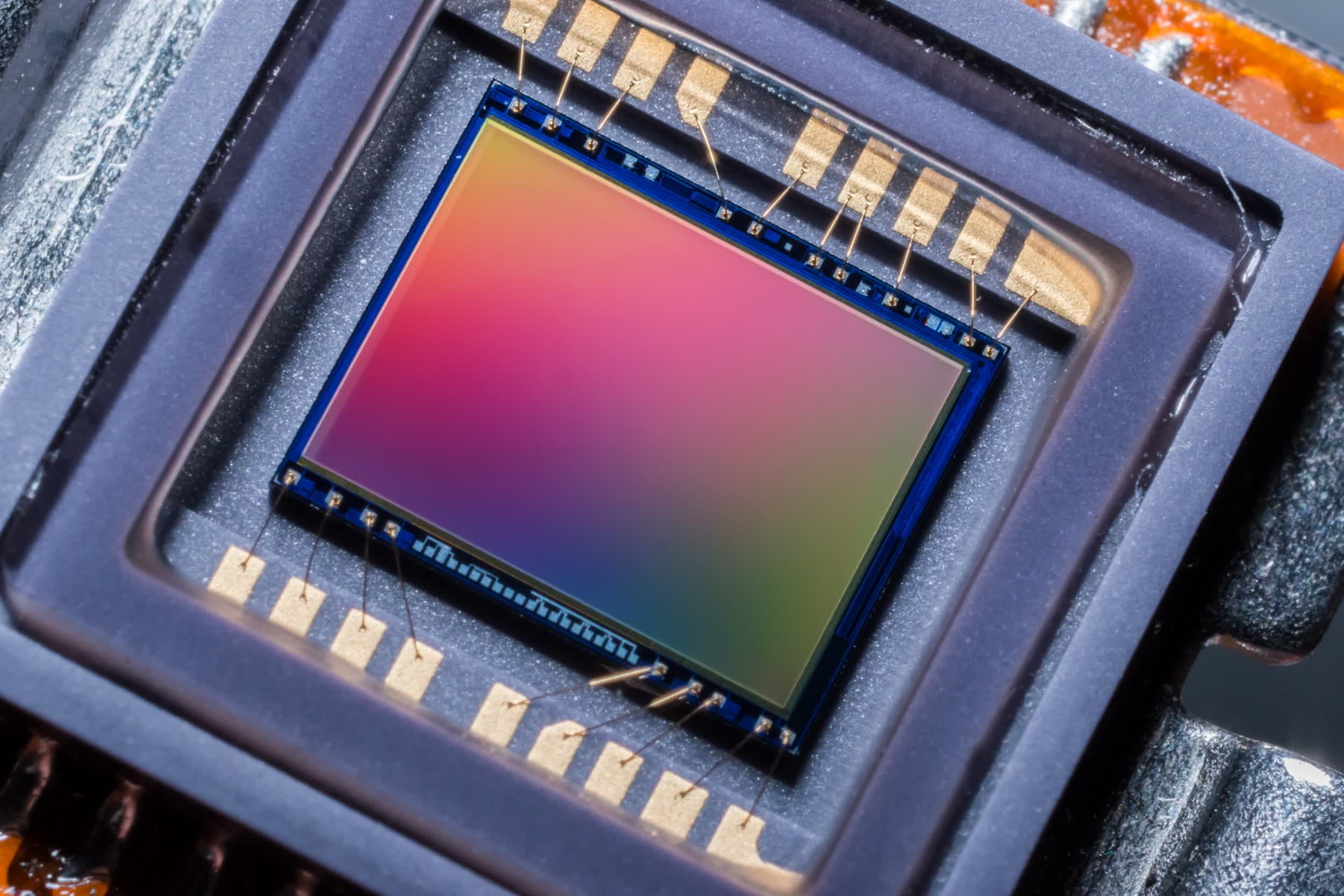Recap: Samsung way back in 2013 introduced a new mobile camera technology called ISOCELL. As Tim noted in his feature on smartphone camera hardware a year later, Samsung with ISOCELL utilized physical barriers between each photodetector on their sensors to reduce crosstalk, which subsequently boosted color fidelity and let pixels absorb more light. The metallic material that Samsung used did its job, but there was still a small amount of optical loss because the grid absorbed a bit of incoming light. Now, the shortcomings are being addressed.

ISOCELL 2.0 is a new approach that consists of two parts. First, Samsung replaced the metallic grid between color filters with a new material. Phase two, which is happening now, involves replacing the lower part of the new color filter barriers with a more reflective material that further reduces optical loss. According to Samsung, this drastically improves light sensitivity, resulting in more vivid photos with even less noise.
Collectively, ISOCELL 2.0 allows smaller pixels in the image sensor to absorb more light. With cameras being such an important selling point for smartphones these days, any advantage or enhancement could give the company a leg up on the competition.
No word yet on which sensors will be the first to ship with ISOCELL 2.0.
Masthead credit Szasz-Fabian Jozsef
https://www.techspot.com/news/88828-samsung-isocell-20-pushes-mobile-camera-technology-forward.html